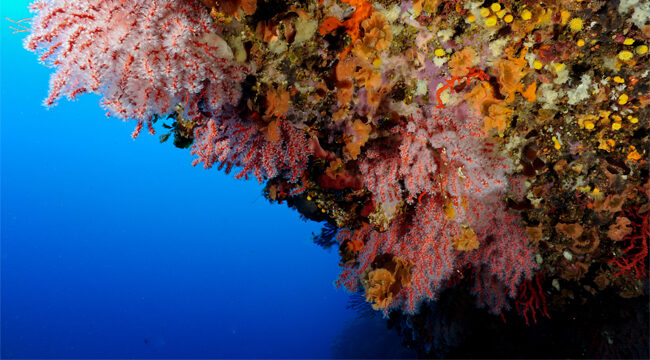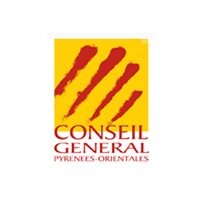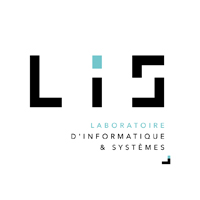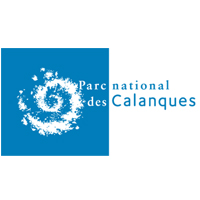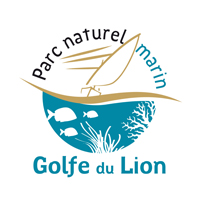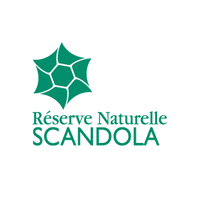OBJECTIVES
Through our actions, we contribute to the databases and monitoring of the species in the western Mediterranean Sea. In particular, monitoring was carried out in 2013 and 2020 in the Cerbère-Banyuls Marine Nature Reserve, and in 2013 and 2019 in the Calanques National Park, as part of the long-term monitoring of the population dynamics of fixed species. The objective of this monitoring is to evaluate the conservation status of red coral (Corallium rubrum) populations in these two marine areas over time, in order to estimate the effect of management measures and thus enable managers to optimize their conservation strategies.
DESCRIPTION
The red coral, Corallium rubrum (Linnaeus, 1758) is a long-lived coral species (>100 years) whose majority of populations are located between 10 and 200 m depth in the western Mediterranean and the Adriatic Sea. Ocean acidification, extreme climatic events and exploitation are pressures for red coral and exploitation endangers the populations.
In the last 10 years, our work on red coral has highlighted several elements:
▪ A time step of 5 years has highlighted the appearance of a significant difference between the populations of the No-take zones and the populations outside the No-take zones of the Calanques National Park.
▪ Impacts at the local scale (mechanical destruction) and those presumed to come via global change (climate variations) highlight the need to develop strategies both to monitor changes in red coral populations but also to understand their resilience (Bramanti et al., 2013).
▪ To this end, a homogenization of monitoring protocols appears to be a coherent initiative for the monitoring and conservation of red coral and more broadly of marine habitats at the Mediterranean scale (Lorenzo et al., 2011).
▪ The integration of red coral in participatory science programs (CIGESMED, POLARIS) shows the interest of citizens in favor of the species and their awareness of biodiversity issues in the Mediterranean (Bramanti et al., 2011; Zunino et al., 2019) and represents an interesting complementary semi-quantitative monitoring method.
▪ Photogrammetry is an efficient and accurate method that can be suitable for this type of quantitative monitoring, for red coral and more broadly for the study of sessile benthic organisms (Royer et al., 2018).Therefore, managers of Marine Protected Areas in the Mediterranean Basin can be encouraged to implement similar protocols in their territories.
Recent bibliography
> Richaume, J., Cheminée, A., Drap, P., Bonhomme, P., Cadene, F., Ferrari, B., Hartmann, V., Michez, N., Bianchimani, O., 2021. 3D Photogrammetry Modeling Highlights Efficient Reserve Effect Apparition After 5 Years and Stillness After 40 for Red Coral (Corallium rubrum) Conservation in French MPAs. Front. Mar. Sci. 8, 1174. https://doi.org/10.3389/fmars.2021.639334
> Watch the scientific poster (Berman et al., 2014) and video below:
